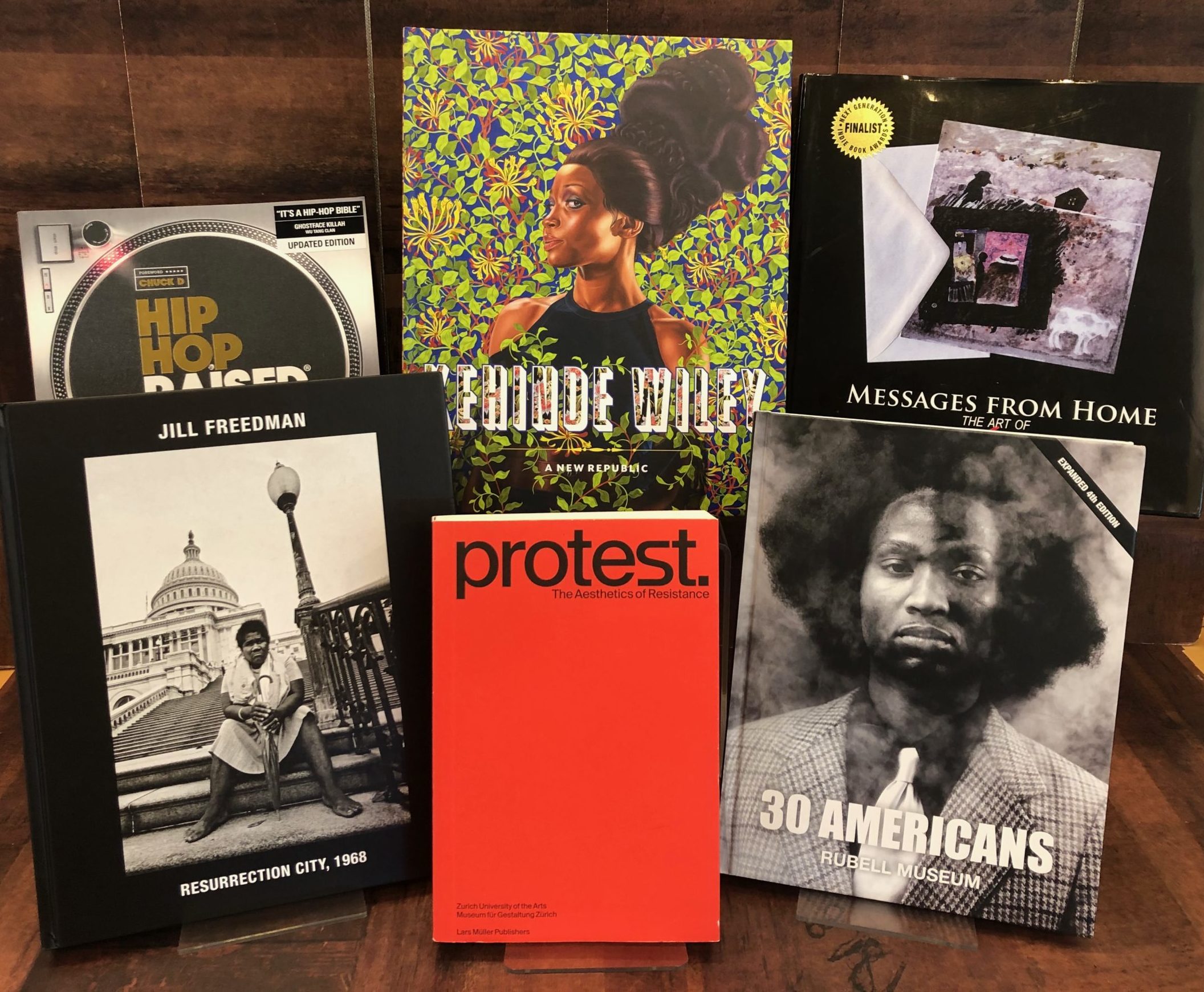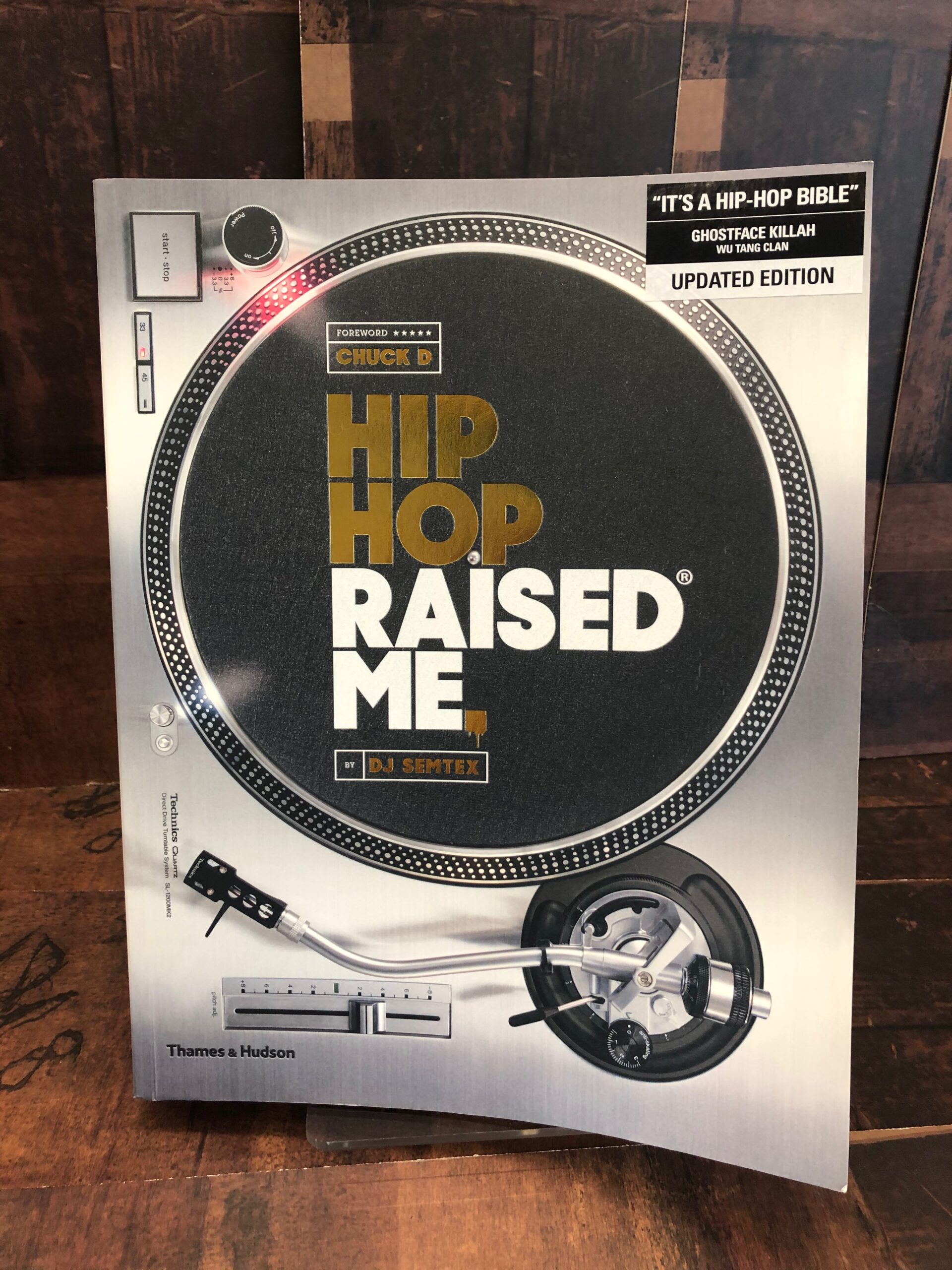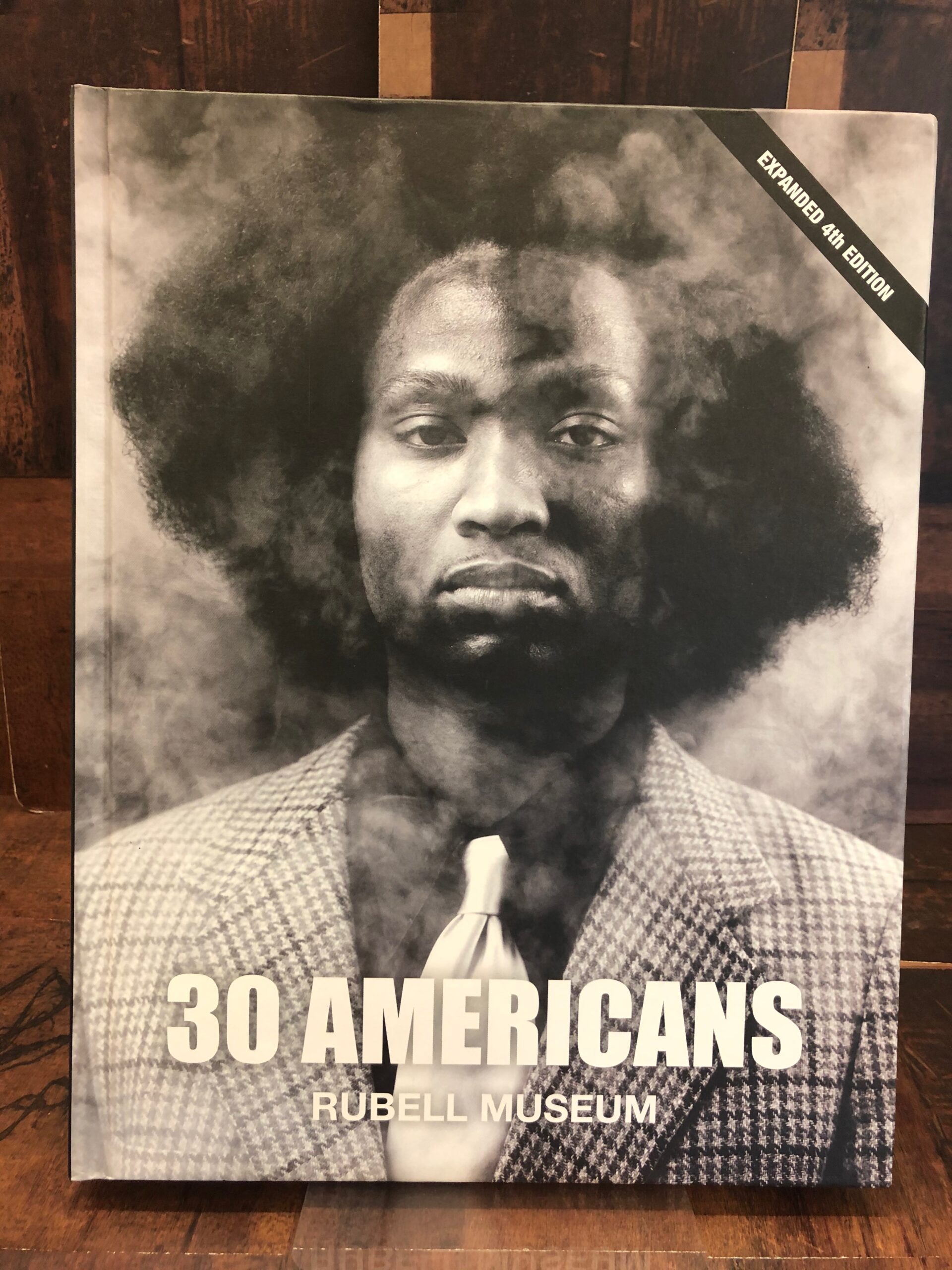6 art books that raise the curtain for black artists, racism and protest
As society grapples with unrest around racism and protest, books about black artists and black history shine a spotlight on the struggles and accomplishments of black Americans throughout history. These six books, and many others, are available at Mint Museum Store uptown.
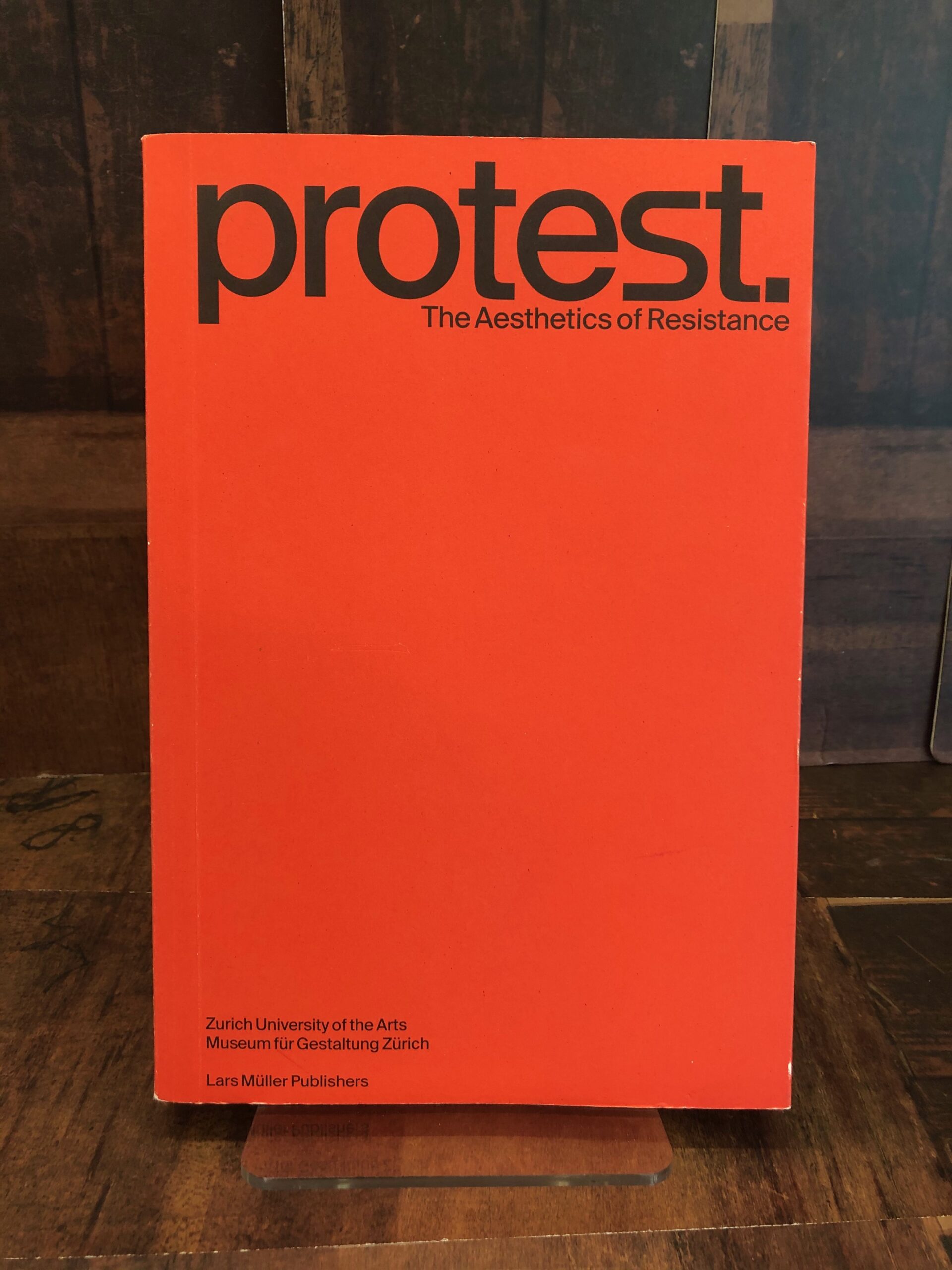
Protest. The Aesthetics of Resistance
Illustrated with expressive photographs and posters, Protest. considers social, culture-historical, sociological, and politological perspectives, as well as approaches that draw on visual theory, popular culture, and cultural studies. In the process, the book takes into account in particular such contemporary developments as the virtualization of protest, how it has been turned into the fictional and its exploitation in politics by power holders of all shades. (Lars Muller Publishers, $29.95).
Hip Hop Raised Me by DJ Semtex
In Hip Hop Raised Me., updated for 2018, DJ Semtex examines the crucial role of hip-hop in society today, and reflects on the huge influence it has had on his own life, and the lives of many others, filling in the gaps of education that school left behind, providing inspiration and purpose to generation after generation of disaffected youths. Taking a thematic approach and featuring seminal interviews he has conducted with key hip-hop artists, Semtex traces the characteristics and influence of hip-hop from its origins in the early 1970s to the impact of contemporary artists and the global industry that is hip-hop today. (Thames and Hudson, $40).
30 Americans: Rubell Museum
30 Americans showcases works by many of the most important African American artists of the last three decades. The artwork focuses on issues of racial, sexual, and historical identity in contemporary culture while exploring the powerful influence of artistic legacy and community across generations. Since the 1960s, Miami’s Rubell family has collected the works of the most relevant contemporary African American artists as an integral part of their broader mission to collect the most interesting art of our time, which is showcased in the book. (Rubell Family Collection, $45).
Jill Freedman: Resurrection City, 1968
“Originally published in 1970, Jill Freedman’s Old News: Resurrection City documented the culmination of the Poor People’s Campaign of 1968, organized by Martin Luther King Jr. and the Southern Christian Leadership Conference, and carried out under the leadership of Ralph Abernathy in the wake of Dr. King’s assassination. Three thousand people set up camp for six weeks in a makeshift town that was dubbed Resurrection City, and participated in daily protests. Freedman lived in the encampment for its entire six weeks, photographing the residents, their daily lives, their protests and their eventual eviction. This new 50th-anniversary edition of the book reprints most of the pictures from the original publication, with improved printing and a more vivid design. Alongside Freedman’s hard-hitting original text, two introductory essays are included.” (Grossman Publishers, $45).
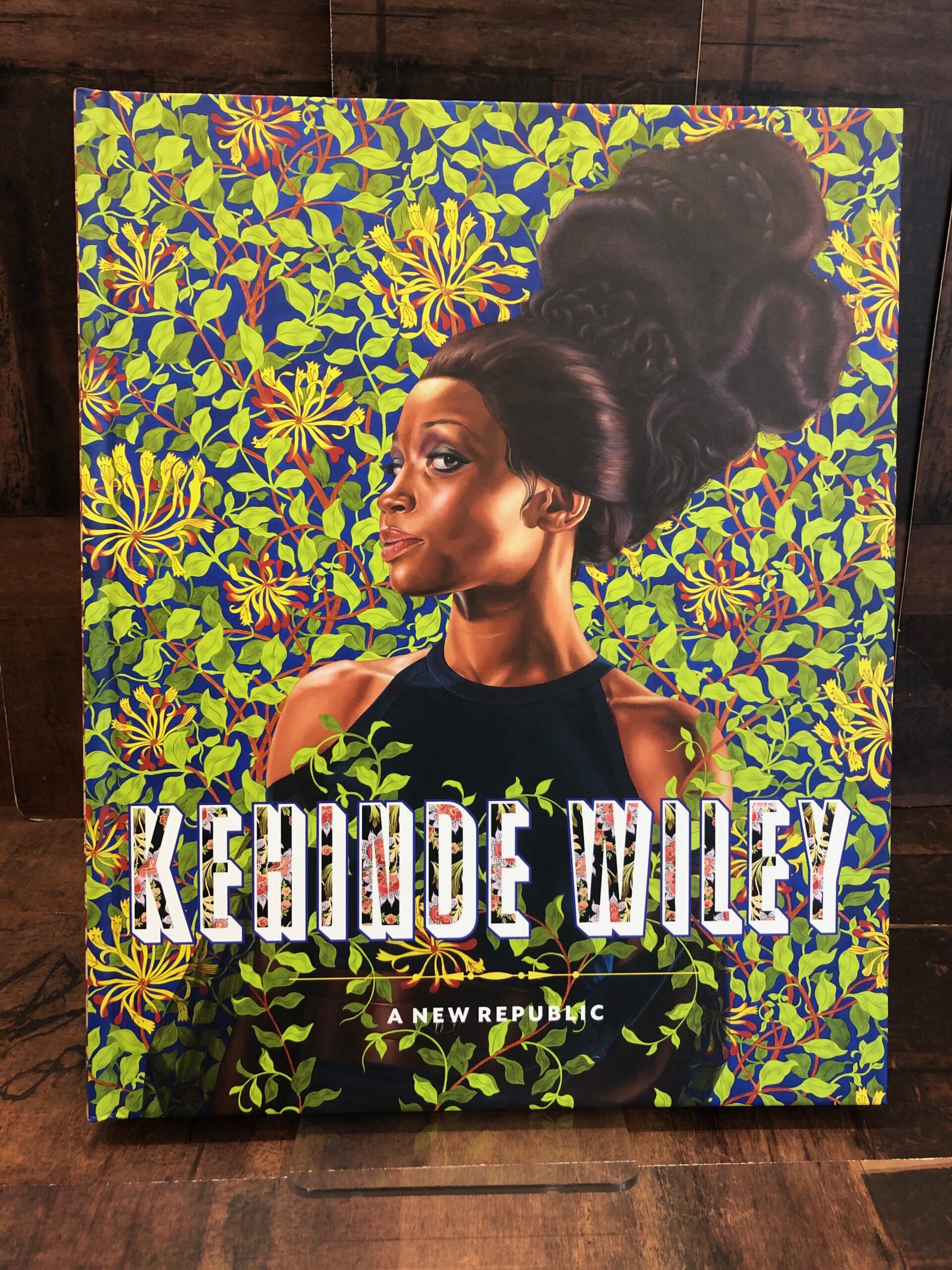
Kehinde Wiley: A New Republic
Filled with reproductions of Kehinde Wiley’s bold, colorful and monumental work, this book encompasses the artist’s various series of paintings as well as his sculptural work, which boldly explore ideas about race, power, and tradition. Celebrated for his classically styled paintings that depict African American men in heroic poses, Kehinde Wiley is among the expanding ranks of prominent black artists who are reworking art history and questioning its depictions of people of color. This volume surveys Wiley’s career from 2001 to the present. It includes early portraits of the men Wiley observed on Harlem’s streets, and which laid the foundation for his acclaimed reworkings of Old Master paintings in which he replaces historical subjects with young African American men in contemporary attire: puffy jackets, sneakers, hoodies, and baseball caps. (Prestel, $49.95).
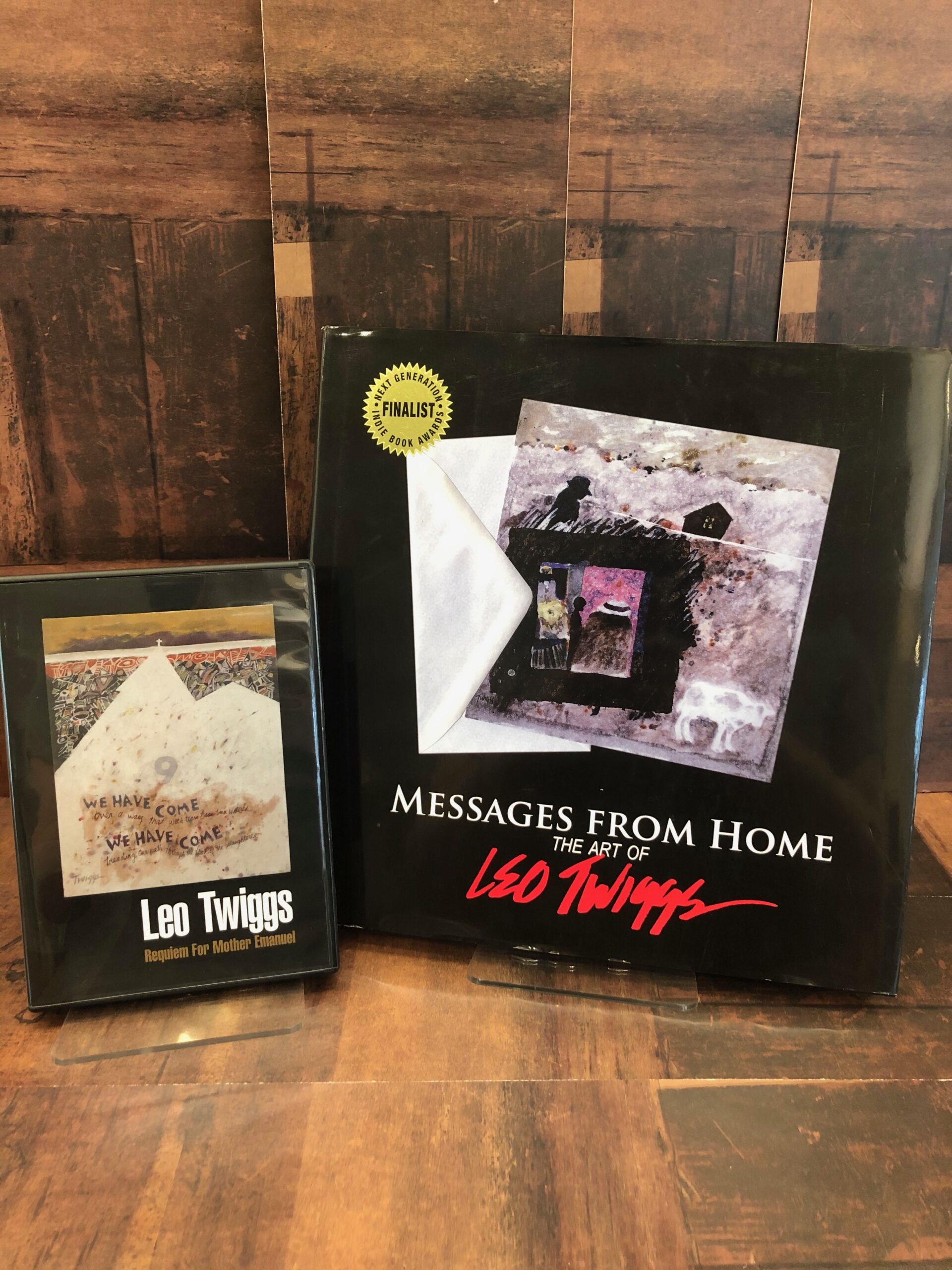
Messages from Home: The Art of Leo Twiggs (Signed Copy)
Foreword from book by William U. Eiland : “In the middle of one of the interminable brouhahas over the Confederate Battle Flag here in the South, I heard of an African-American artist who was using the symbol in innovative ways, painting it in batik to invest it with new meaning. Leo Twiggs’ flags are no paeans to a lost cause, no emblems even of a mythic past. They are, however, in the language of contemporary criticism, ‘comments’ on society through ‘appropriation.’ In this case, theoretical cliché comes close to truth. Twiggs, with gentle but unswerving irony, takes the flag and claims it as part of his Southern heritage. Tattered, disappearing almost, the standard about which so much controversy has been generated becomes in Twiggs’ hand an ambiguous metaphor of unresolved conflict and shared history. Such images on color-infused fabric not only mock the flag as a talisman losing its power, but also present a symbol that in its very mutability and degradation is strangely current, yet jarringly discomfiting in an era when the nation has a black president. In addition to the Civil War, it calls to mind for Twiggs the suffering of slaves, the turmoil of Reconstruction, the indignity of Jim Crow, the promise of the Civil Rights era and its aftermath, when this piece of cloth, venerated by some, reviled by others, continues to inspire argument and dissent. Twiggs transforms the image through shaping a new iconography for it, one in which he finds the possibility, albeit remote, of accord. Twiggs’ art, thus, even with the most explosive of subjects, is intensely personal but never strident. Through depictions of the violence of hurricanes, the complexity of race relations, the romance of Southern rivers, and the bonds of family, he weaves his experiences into a coherent, but occasionally elusive narrative. (Cecil Williams Photography/Publishing / Claflin University Press, $82).
